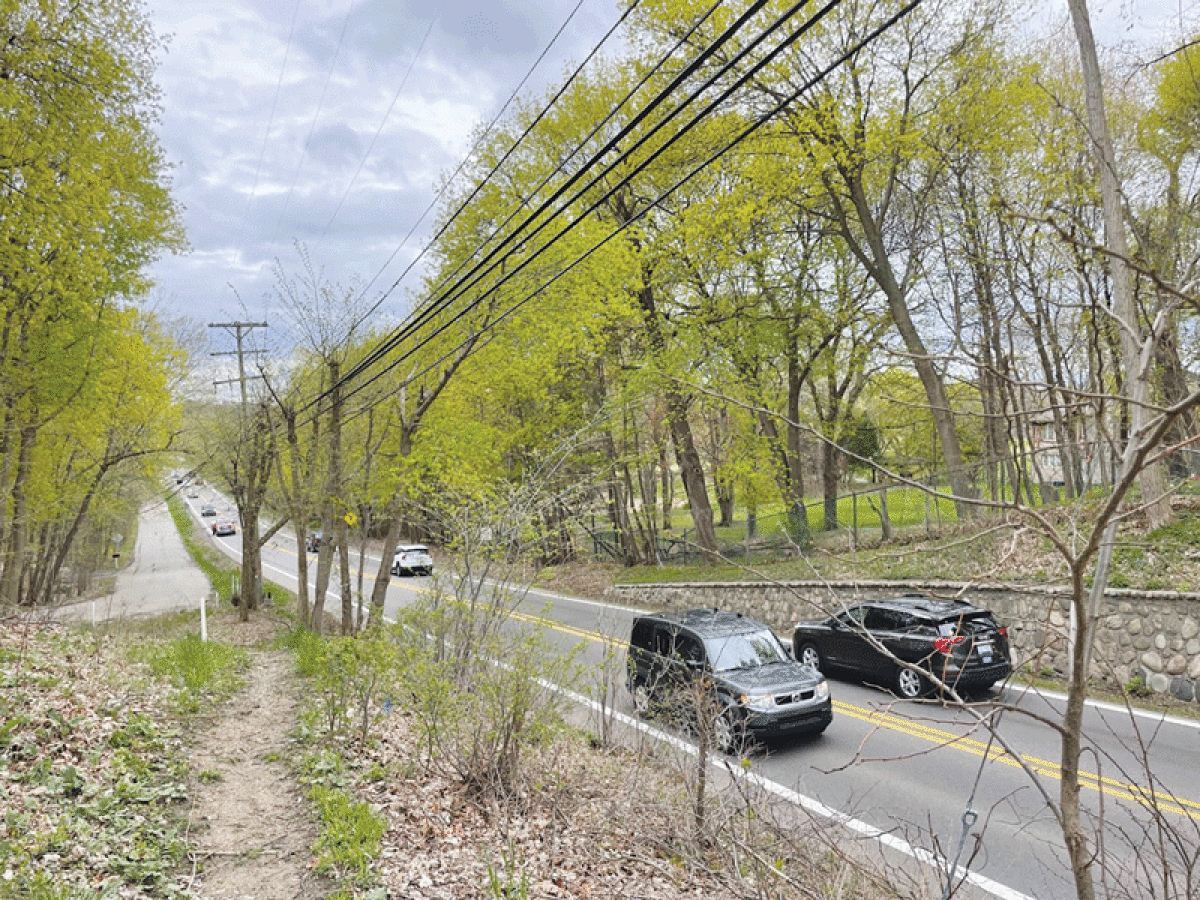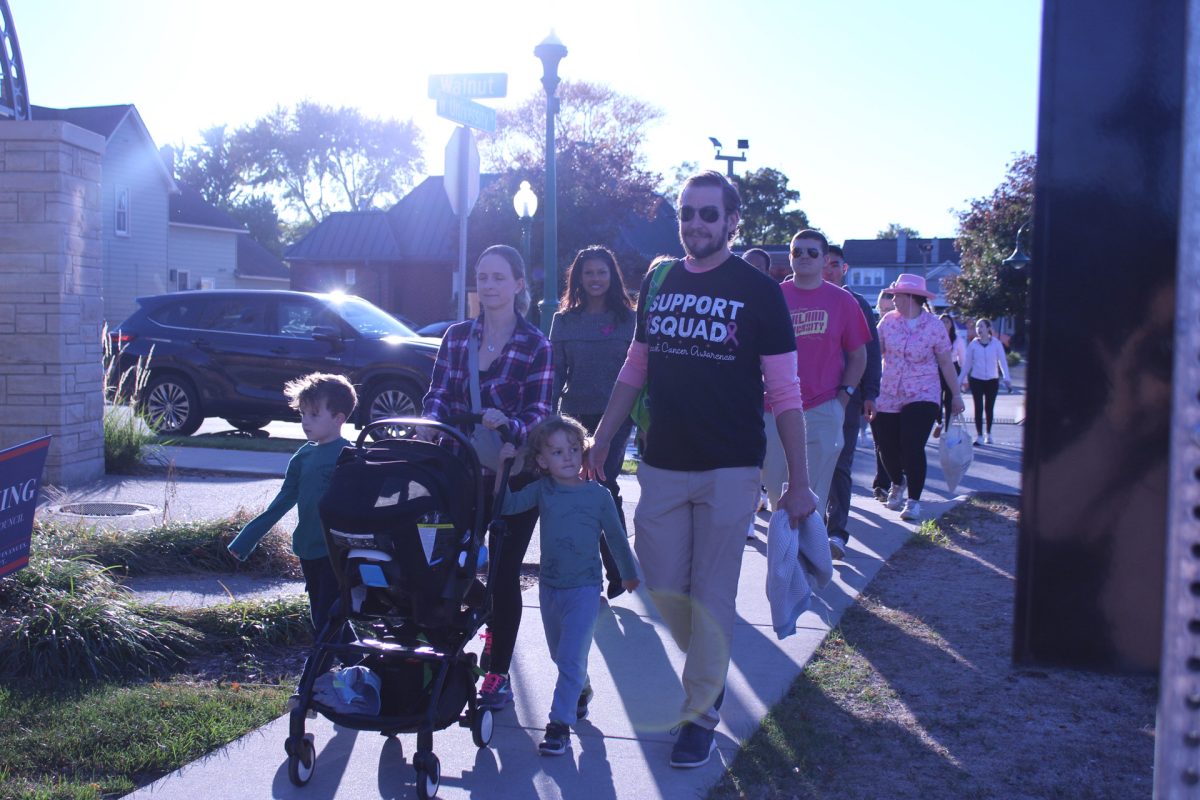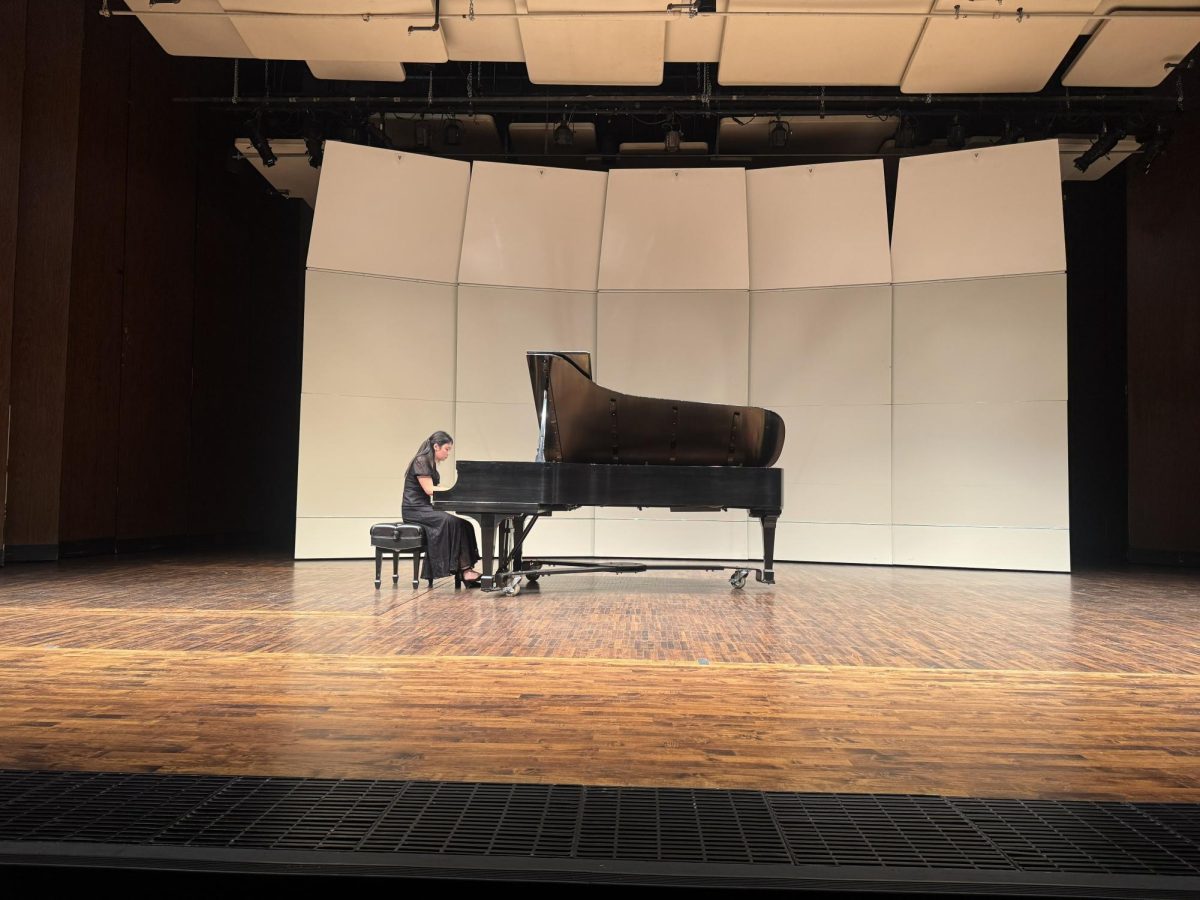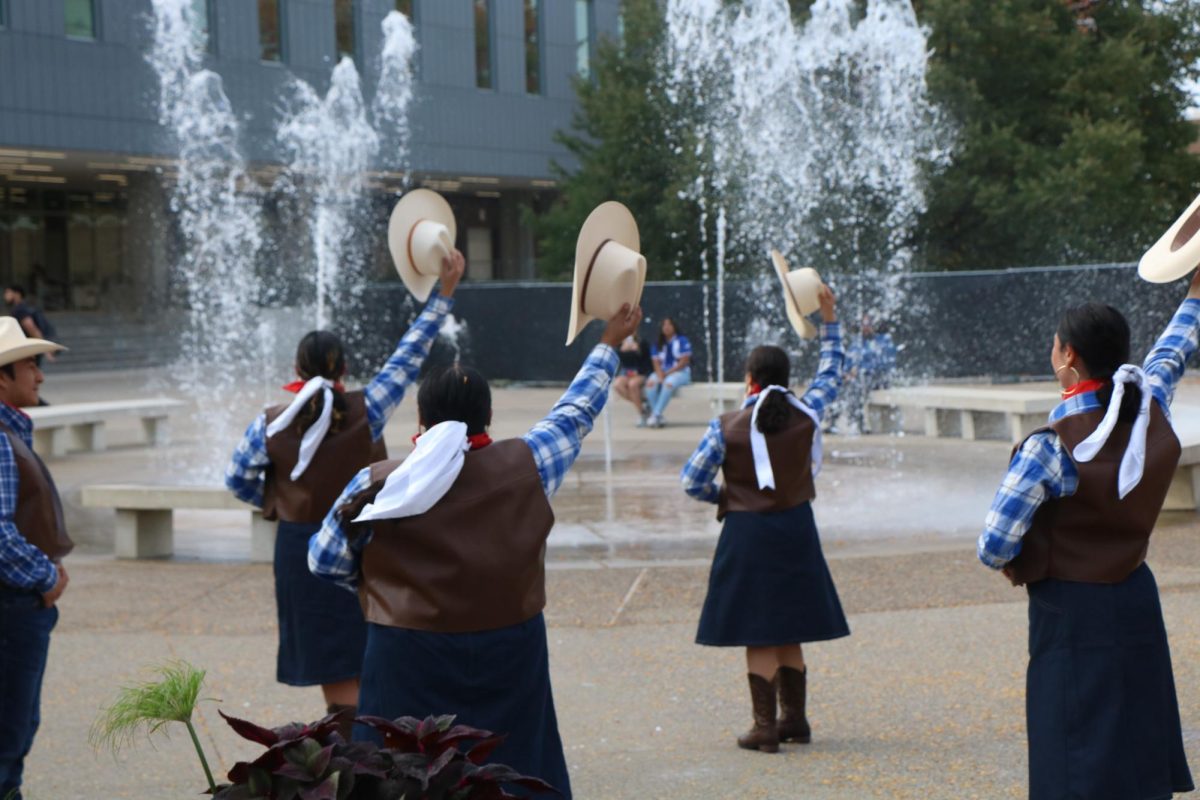Following the completion of phase two of the four-year Adams Road study in September, the Oakland University Student Congress (OUSC) is asking the campus community to share their thoughts on the project.
The Road Commission for Oakland County (RCOC) began the study of the approximately two-mile corridor, which stretches from W Hamlin Road to Walton Boulevard, east of OU’s campus in 2021 due to the higher rate of traffic congestion and accidents that occur in the area compared the rest of the county.
The technical team for the project includes representatives from RCOC, the City of Rochester Hills and OU, which meets monthly.
The Planning and Environment Linkages/Environmental Assessment study — funded partially with a grant from the U.S. Department of Transportation and the Federal Highway Administration, partially by RCOC and the City of Rochester Hills — aims to find a solution that will improve safety, improve capacity, promote walking and biking, complement and preserve the environment, history and culture of the area and improve the condition of the corridor’s infrastructure.
At present, there are no formal plans for what the development of the area will look like. Suggestions by the public and technical team include adding designated left turn lanes, bypass lanes, retiming lights in congested areas and widening Adams Road into a boulevard — the latter of which OUSC Director of Sustainability Katya Eskander takes issue with. This is a sentiment shared by 80% of the 1,500 respondents on the Vision Adams Road Ideas Wall.
Eskander said that although the intention is to reduce traffic and increase safety, the construction period will cause the opposite. Ultimately, she added, the induced demand for a five-lane road will, in time, result in the same level of traffic in the area.
“This concept of induced demand is very well researched. It just means if you build it, they will come. Within two years at least, traffic is going to be at the exact same level as it was before,” Eskander said.
“There’s this idea of suppressed demand whenever you have congested roads, that people avoid using these roads because they know they’re going to be busy. They know it’s going to be inconvenient,” she added. “You add another [lane], and it becomes slightly more convenient for a year. More people become aware of this, and they start using those roads.”
Considering the environmental impacts, taxpayer cost and reduced traversability for pedestrians and bikers, the benefits of the short-term improvement in traffic are outweighed by the negatives, Eskander said.
However, Eskander encourages OU students to make their opinions heard regarding the Adams Road construction, regardless of what their opinions may be.
“With this being the type of project that is so far down the line… if people are made aware early in advance, and early in advance they’re able to express their opinions, the facts that they find one way or another, then things can be modified,” she said.
“If the community is sitting down and it happens under their noses, and they don’t put forth an effort to make it known to the RCOC what their opinions are, nobody is going to have the opportunity to give input,” Eskander added. “It’s important for everyone at large to be able to make their voices known one way or another.”
Eskander encourages students to give their input via a Google Form to OUSC. The link to this form is available on their Instagram, @ouscoffical. Additionally, the Visioning Adams Road website provides an interactive map and Ideas Wall for community members to give input.
As of Nov. 2023, there is no anticipated date for construction. The next public workshop is planned for Winter 2024 to review the project’s alternatives. For more information, visit the Visioning Adams Road website.






